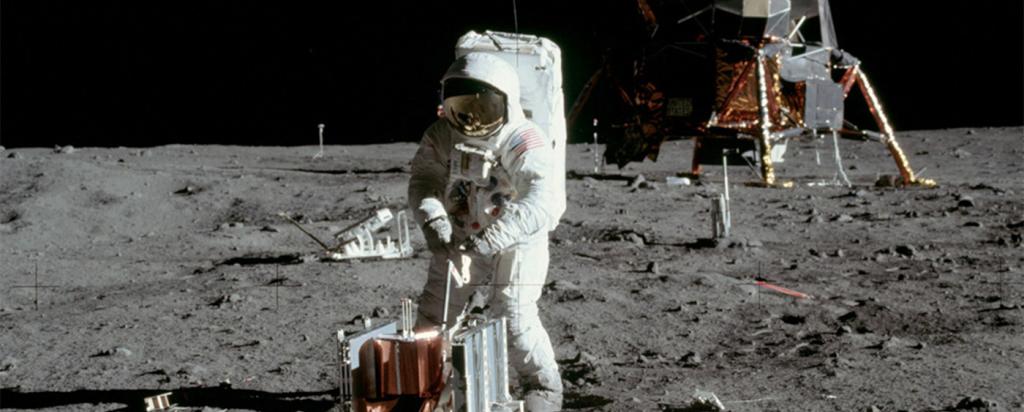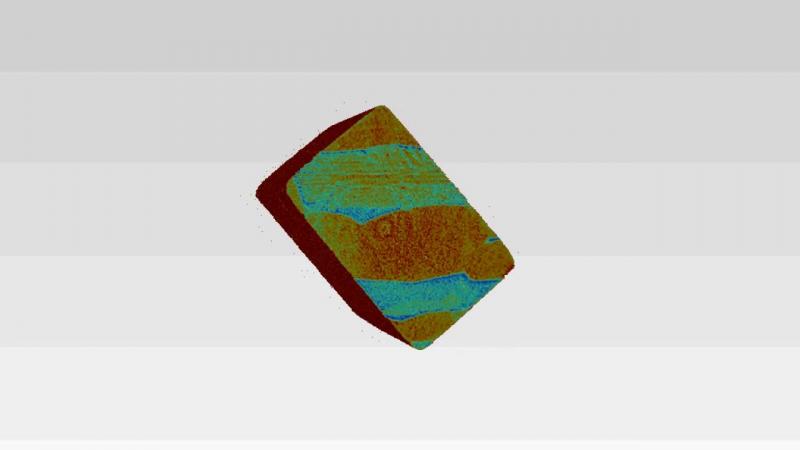
On 20 July 1969, humans landed on the moon for the very first time. As Neil Armstrong was lowered onto the surface of the moon he made the now infamous statement, “That's one small step for man, one giant leap for mankind”.
Five decades on, the quest remains to understand planets and the moons that orbit them and ANSTO’s research and technology is helping unlock the mystery.
Overseen by instrument scientists Dr Helen Maynard-Casely and Dr Helen Brand, ANSTO’s planetary materials program supports planetary exploration. This is primarily by analysing the physical properties of planetary materials using our Neutron Scattering platform, which uses neutrons supplied by the OPAL reactor.
As an example, our DINGO instrument can undertake tomography of a range of samples, with results that are very complimentary to similar x-ray techniques. Principally this technique allows non-invasive investigations of precious samples, such as a 3D reconstruction of an iron meteorite.
ANSTO also plays an important role as part of the Planetary Science community in Australia, organised through a NASA Virtual Institute. Through this, we collaborate with other members of this community to grow research in the area in Australia and have a number of collaborations underway:
- Magnetic transitions in Earth materials with Macquarie University
- Origins of Meteorites with Monash University
- Jarosites for industry and Mars with CSIRO
- Seperantites with Macquarie University
- Co-crystals for Titan with Jet Propulsion Laboratory NASA (As part of a solar system working grant)
